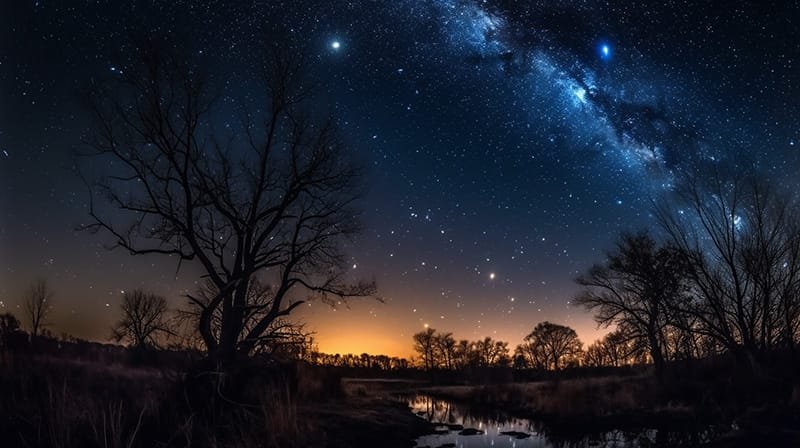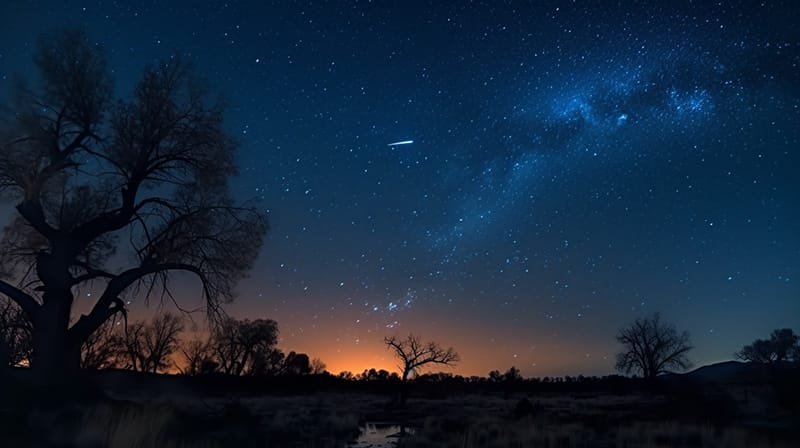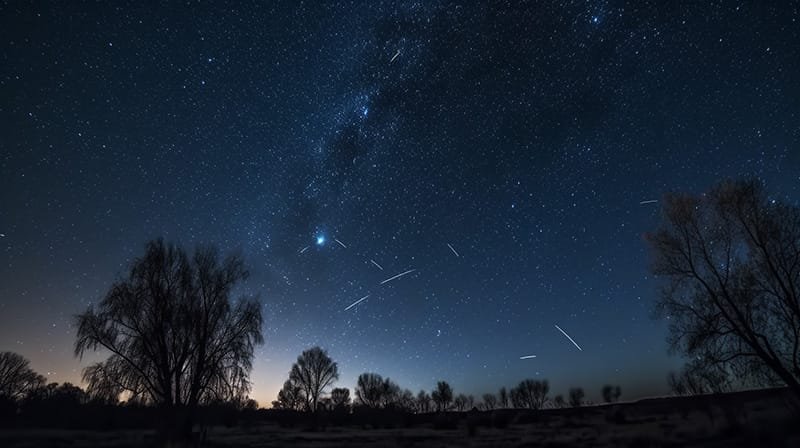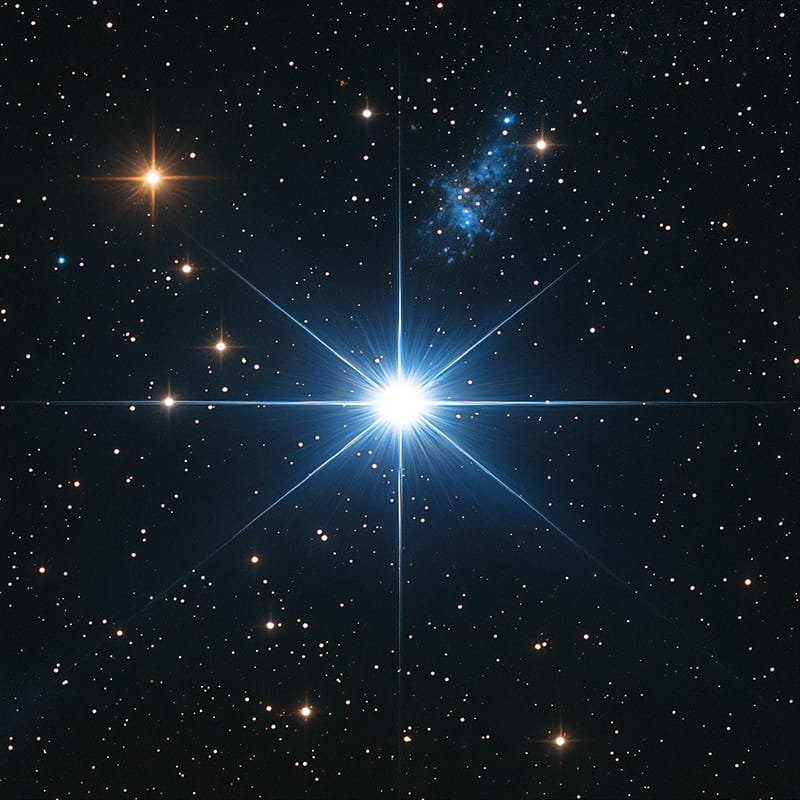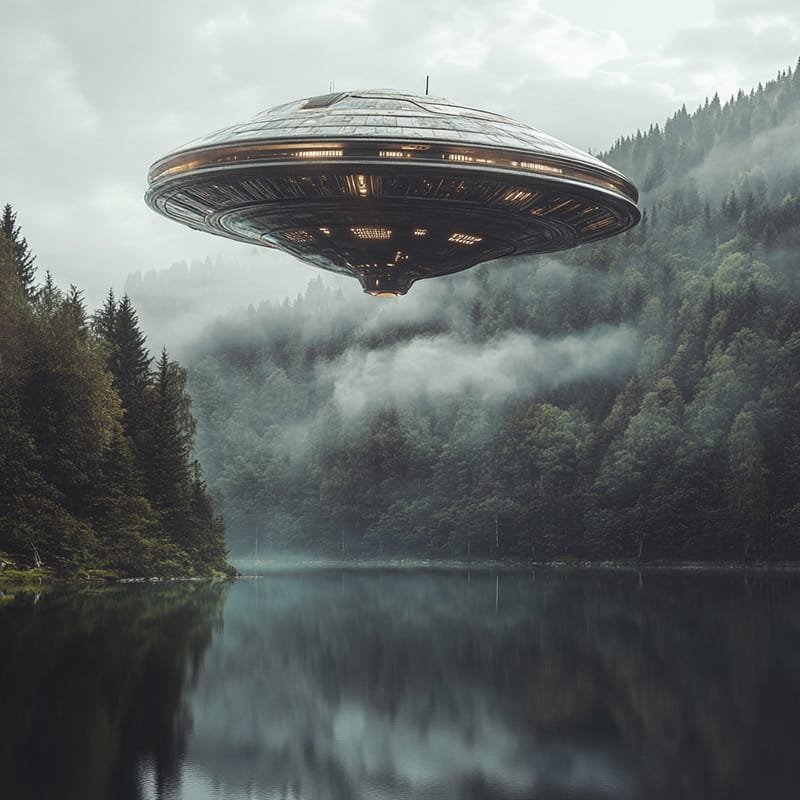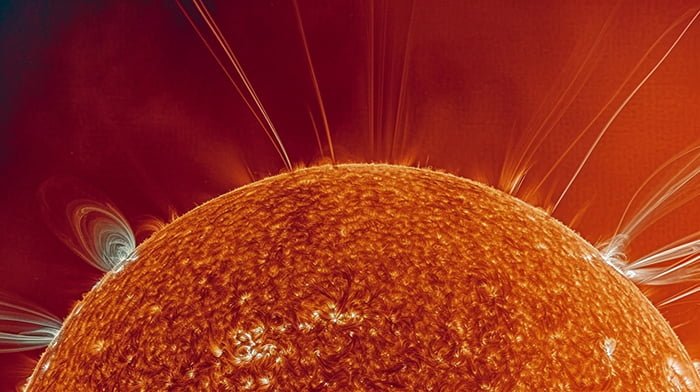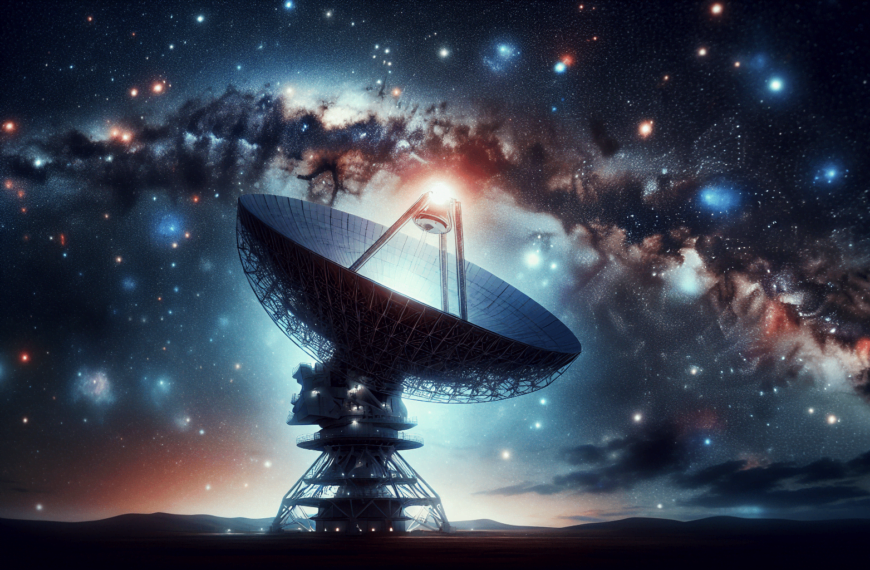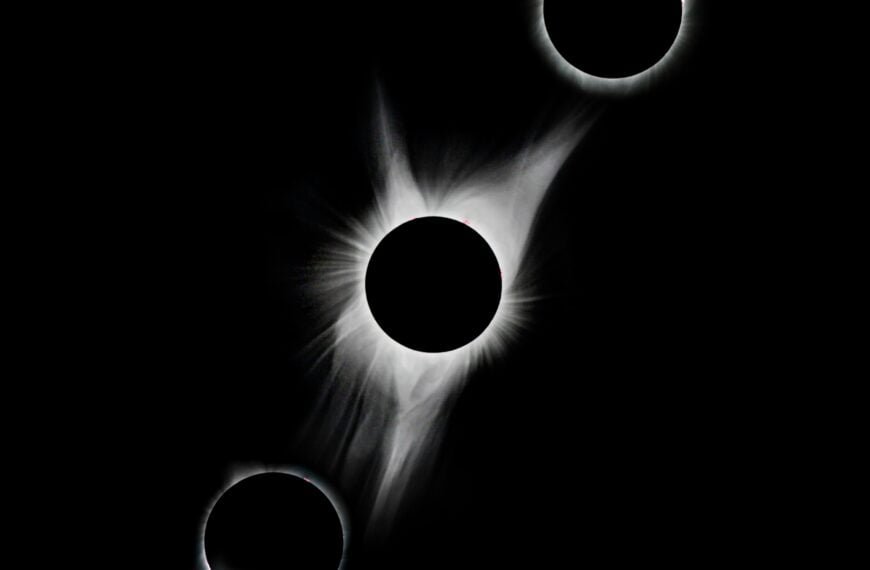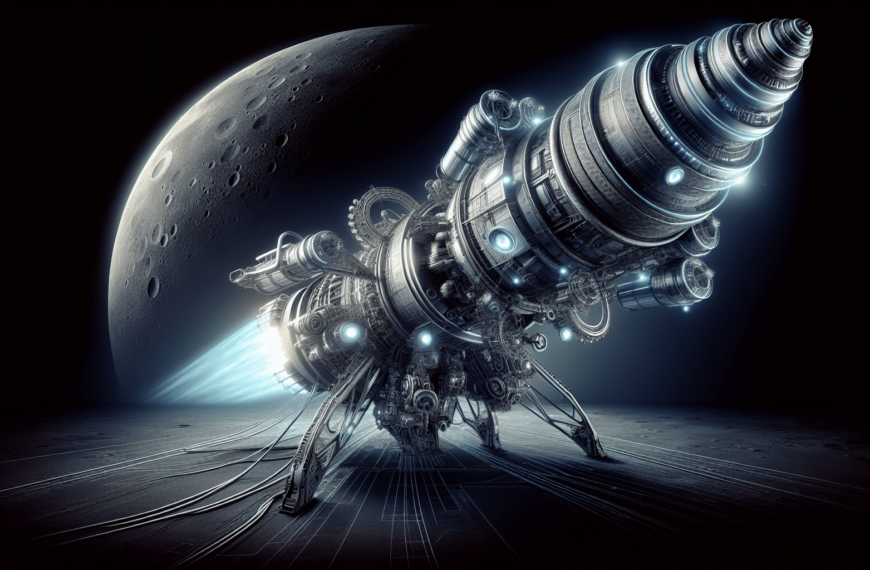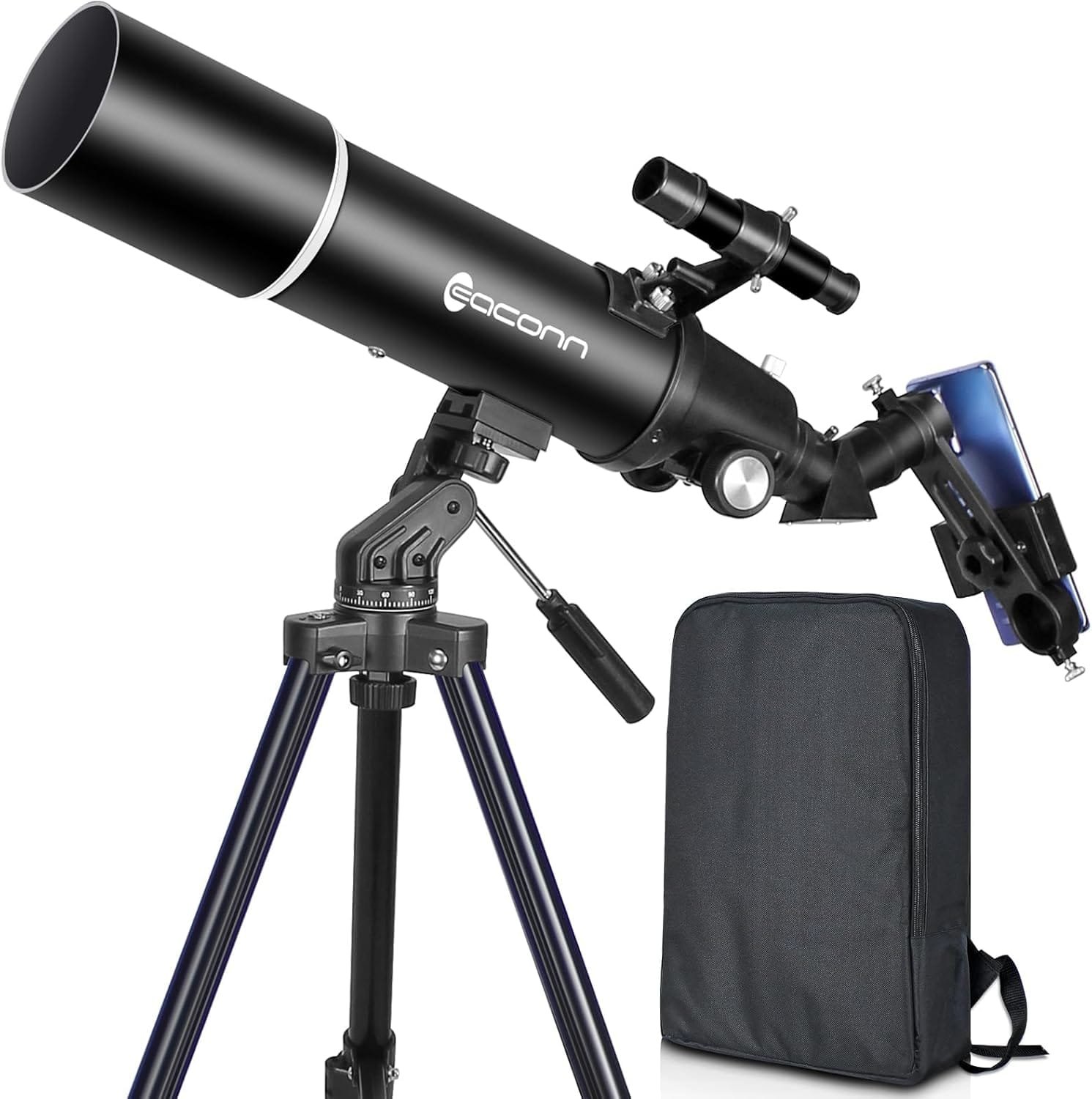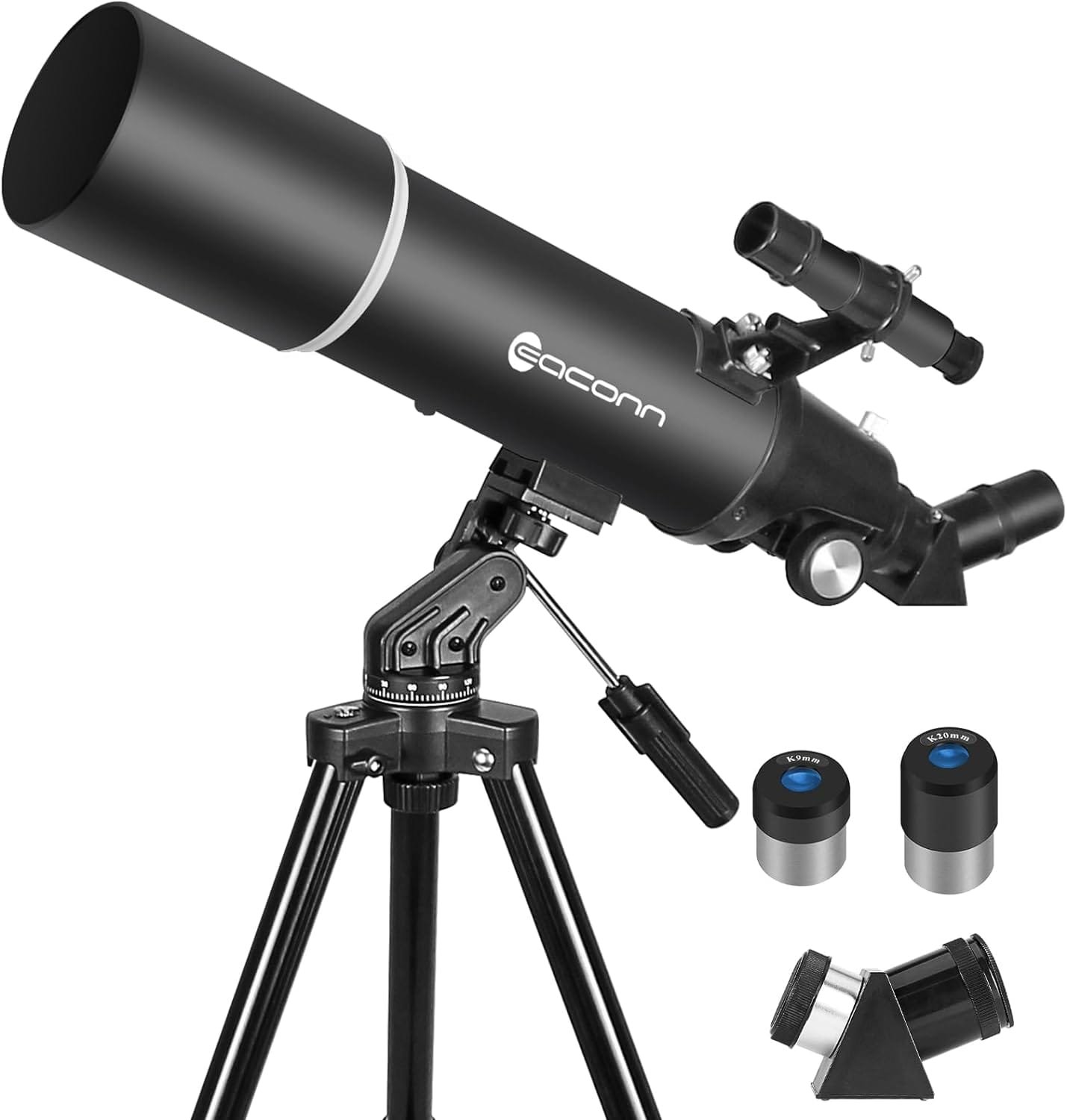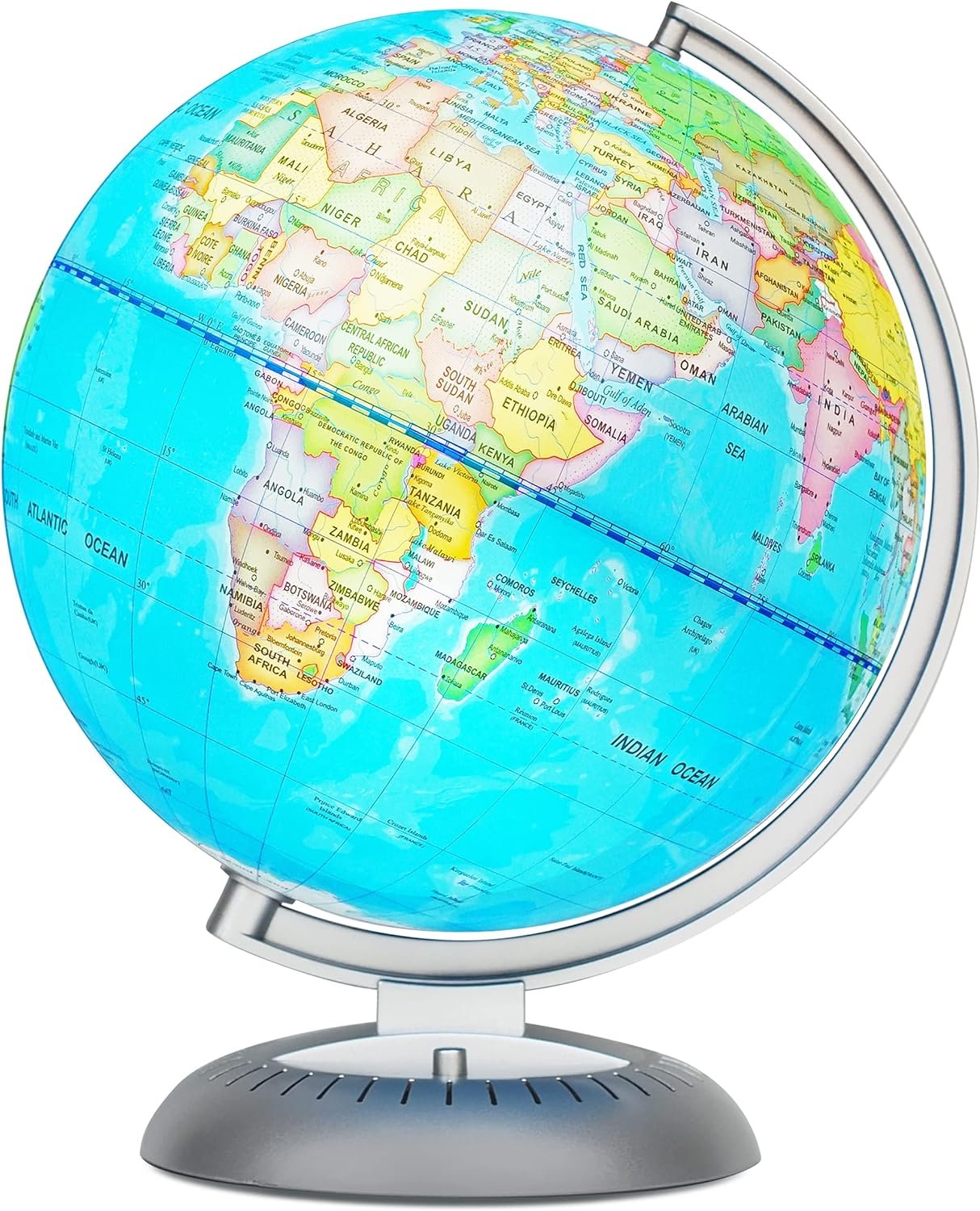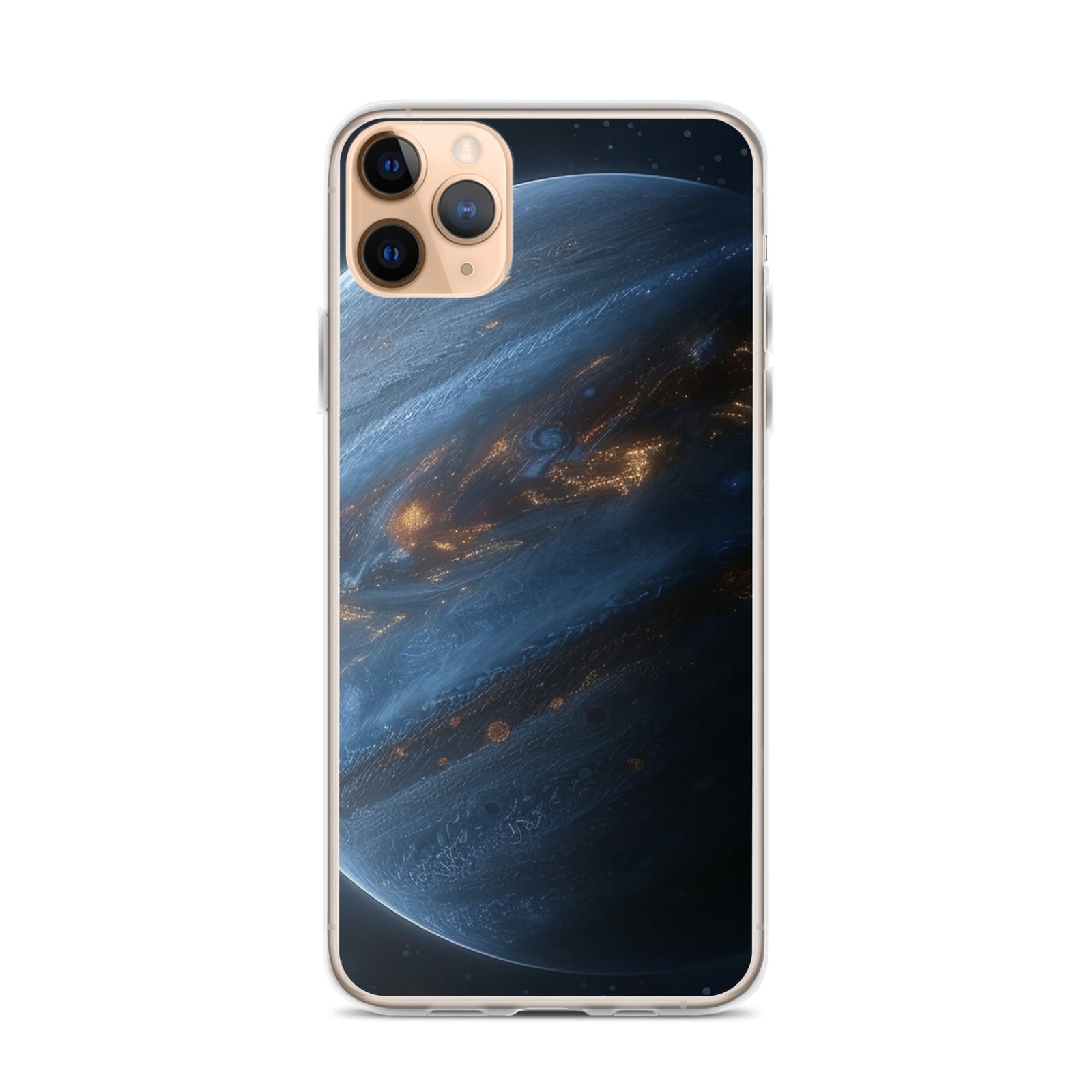Discover December’s celestial wonders! Enjoy bright planets, stunning constellations, and the Geminid meteor shower. Start your skywatching adventure!
December is a magical month for skywatchers. As the year comes to a close, the night sky offers a dazzling array of celestial events, including bright planets, stunning constellations, and one of the most reliable meteor showers of the year. Whether you’re a seasoned astronomer or a casual stargazer, December has something for everyone to enjoy.In this guide, we’ll explore everything you need to know for a successful December skywatching experience, from key highlights and visible planets to notable constellations, meteor showers, and moon phases. Grab your telescope, bundle up, and get ready for a cosmic adventure!
Key Highlights for December Skywatching
Here are the key takeaways for December’s night sky:
- Venus, the “Evening Star,” shines brightly in the southwest after sunset.
- Jupiter reaches its brightest this year as it appears in opposition.
- Mars doubles in brightness, moving closer to its own opposition in January.
- The Geminid Meteor Shower peaks on December 14th, offering bright shooting stars despite moonlight interference.
- Iconic constellations like Orion and Taurus dominate the winter sky, with the Winter Triangle providing a stunning guide for stargazing.
Let’s dive into these events in more detail!
Planets Visible This Month
Venus: The Evening Star
Venus, often called the “Evening Star,” shines brilliantly in the southwest sky after sunset throughout December. As one of the brightest objects in the night sky, Venus is easy to spot even from urban areas.
- What to look for: On December 4th, a slim crescent moon will appear just below Venus. This pairing creates a perfect photo opportunity for astrophotographers and casual observers alike.
- How it changes: Venus climbs higher in the sky each evening, making it a consistent and beautiful sight throughout the month.
Saturn: The Ringed Giant
Saturn is visible toward the southern sky starting at nightfall. Its position shifts slightly westward as December progresses, but it remains an excellent target for telescope users who want to see its iconic rings.
- Best viewing tip: Saturn is best observed early in the evening before it sets later at night. Look for it shining steadily without much twinkling, distinguishing it from stars.
Jupiter: December’s Brightest Star
Jupiter is the showstopper this December, reaching opposition on December 7th, when it will be at its brightest and most visible for the entire year.
- Where to find it: Jupiter rises in the east-northeast, near the stars of the constellation Taurus. Its brightness makes it unmistakable, outshining most stars.
- Special event: On December 14th, look for Jupiter positioned between a nearly full moon and Aldebaran, Taurus’s brightest star. It’s a perfect alignment for a memorable night of stargazing!
Mars: Brightening Toward Opposition
Mars becomes increasingly prominent this month as it doubles in brightness, preparing for its own opposition in January.
- When to spot it: Early in December, Mars rises about 4 hours after sunset, but by New Year’s Eve, it will rise just 90 minutes after sunset.
- Don’t miss this: On December 17th, Mars will pass extremely close to the moon, which will be two days past full. This conjunction creates another excellent opportunity for stargazing or photography.
Notable Constellations to Observe
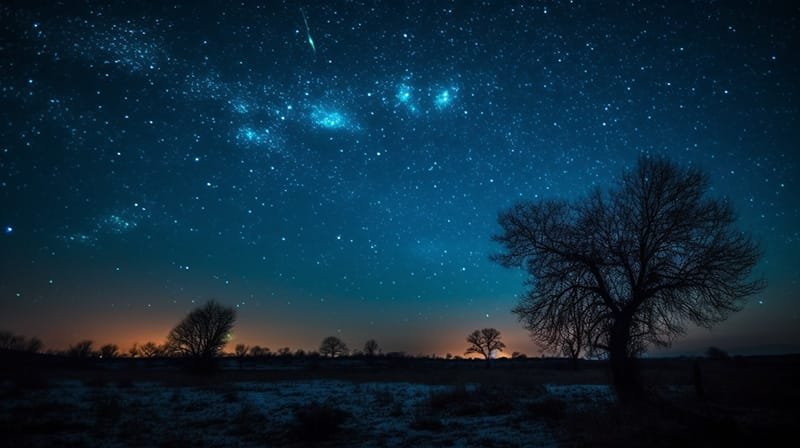
Orion and Taurus: Winter’s Celestial Jewels
Two of the most iconic constellations, Orion and Taurus, dominate the December sky.
- Orion: Look for Orion rising in the eastern sky during the evening. Its most recognizable feature is Orion’s Belt, a straight line of three bright stars.
- Below the Belt, you’ll find the Orion Nebula, a stellar nursery visible even with binoculars.
- Taurus: Directly above Orion lies Taurus. This constellation is home to two must-see celestial sights:
- The Crab Nebula (M1): A remnant of a supernova explosion that occurred nearly 1,000 years ago.
- The Pleiades (Seven Sisters): A tight cluster of stars that appears as a shimmering patch in the night sky.
The Winter Triangle
Once you’ve located Orion, use it as a guide to find the Winter Triangle, a prominent asterism formed by three bright stars:
- Sirius (the brightest star in the night sky, found below Orion).
- Procyon (to the left of Sirius).
- Betelgeuse (Orion’s red-giant shoulder star).
This triangle is a reliable feature of winter nights and a great starting point for exploring nearby constellations.
Meteor Shower: The Geminids
Geminid Meteor Shower
The Geminid Meteor Shower is one of the year’s most anticipated celestial events, peaking on the night of December 14th into the early hours of December 15th. Known for its bright and colorful meteors, this shower can produce up to 120 meteors per hour under ideal conditions.
- What to expect: The nearly full moon may wash out some of the fainter meteors, but the brightest ones will still streak across the sky, making it worth the effort.
- Best viewing tips:
- Find a dark location away from city lights for the clearest view.
- Allow your eyes to adjust to the darkness for at least 15-20 minutes.
- Look generally toward the constellation Gemini, which rises in the east after sunset.
Moon Phases for December
Tracking the moon phases is essential for planning your skywatching schedule. Here are the key phases for December:
- New Moon: December 9th – Best time for stargazing without moonlight interference.
- First Quarter: December 16th.
- Full Moon: December 23rd – The bright moonlight may make faint objects harder to see.
- Last Quarter: December 30th.
Plan your stargazing around the new moon and early evening hours when the moon has yet to rise.
Final Thought
December is a spectacular month for skywatching, offering a mix of brilliant planets, iconic constellations, and the dazzling Geminid meteor shower. From Venus’s elegant evening glow to Jupiter’s opposition and the Winter Triangle’s guiding stars, there’s no shortage of celestial wonders to enjoy.Remember, the key to a successful stargazing experience is preparation. Dress warmly, use a star map or app to guide you, and stay patient as your eyes adjust to the night sky. Don’t forget to bring binoculars or a telescope for a closer look at planets and nebulae.
